BuySellBA
Administrator
Investment opportunities: Which properties are cheap and what will happen to prices - La Nacion Propiedades

Source:
Oportunidades de inversión: qué propiedades están baratas y qué pasará con los precios
Cuáles son las oportunidades, el futuro de los valores de venta, hasta dónde negociar una baja de precio y cómo evolucionará el costo de construcción, las respuestas clave que tiene que conocer quien quiere invertir en el sector inmobiliario
July 15, 2024
What are the opportunities, the future of sales values, how far to negotiate a price reduction and how the cost of construction will evolve, the key answers that anyone who wants to invest in the real estate sector needs to know
By Gabriela Koolen
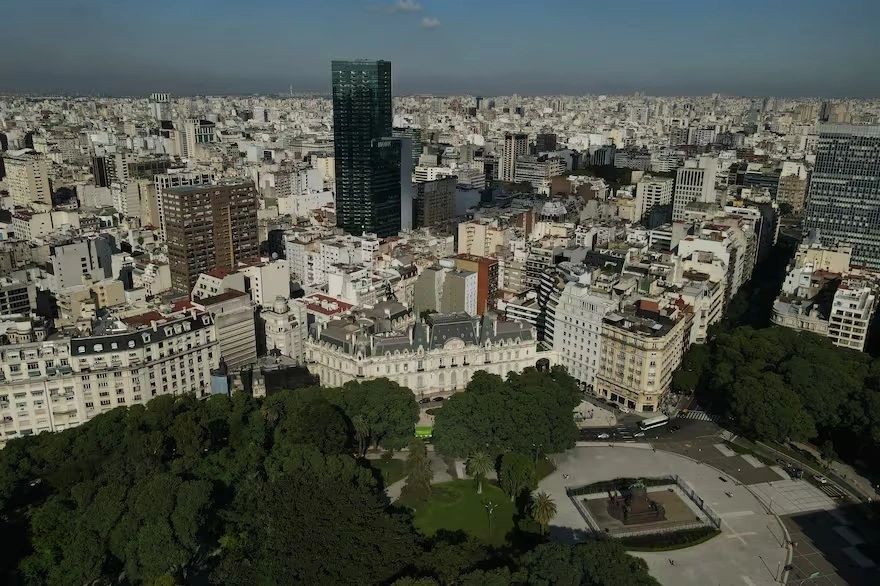
Properties show signs of recovery in the first half of 2024R
“It is a pivotal moment . Last year was the year of transition and this year was the year of takeoff,” agreed the representatives who participated in the real estate event organized by LA NACION. The real estate market is preparing for the change of cycle with some concrete signs such as, for example, the reactivation of sales. In numbers, the volume of deeds in the city of Buenos Aires was, in May, 36% higher than the same month in 2023. But if we analyze what happened in the first five months of the year, the increase was 25% compared to the volume of the same period last year, but 22% below 2019 and 40% below 2018, the year in which UVA credits exploded. In addition, the price per square meter in the city of Buenos Aires increased by 1.2% in June, the largest monthly increase since April 2018. In the first half of the year, listing prices have accumulated a rise of 4.3% . Another fact is that 90% of Buenos Aires neighborhoods registered an increase in property values in June. Meanwhile, the volume of apartments for sale that were revalued downwards in the last six months stopped falling and remains stable, around 17% and 18%.
“ These data collected by our Index explain the change in the price trend registered from the middle of last year when they hit bottom, ” said Leandro Molina, country manager of QuintoAndar, the group that owns Zonaprop, during the interview that opened the Real Estate Summit, a meeting that LA NACION has organized for nine years, which in this year's edition had a record attendance: more than 300 businessmen closely followed the talks in which scoops of the sector that were unthinkable a few months ago were revealed:
- Eduardo Costantini is negotiating with a bank to finance the sale of apartments in the 38-story project with amenities in the upper floors, which he is building with Criba on Huergo Avenue in downtown Buenos Aires.
- Argencons, owner of Quartier, closed an agreement with Melia for the chain to open 80 rooms in the US$215 million investment project in Bajo Retiro, where, in addition to the arrival of the Spaces office brand, a 1,100-square-meter Sports Club will open.
- The Casa Living brand - which already has a project in San Isidro on Tomkinson Street at 2000 - will land in a very important development in Punta del Este, on one of the best plots of land in Manantiales with a view of the sea and Laguna Blanca.
- Northbaires, the developer that owns the OM brand, which is building a megaproject where the América movie theater used to be in Santa Fe and Callao, has closed a deal for its next luxury development located in dock four of Puerto Madero to have private residences by Sofitel.
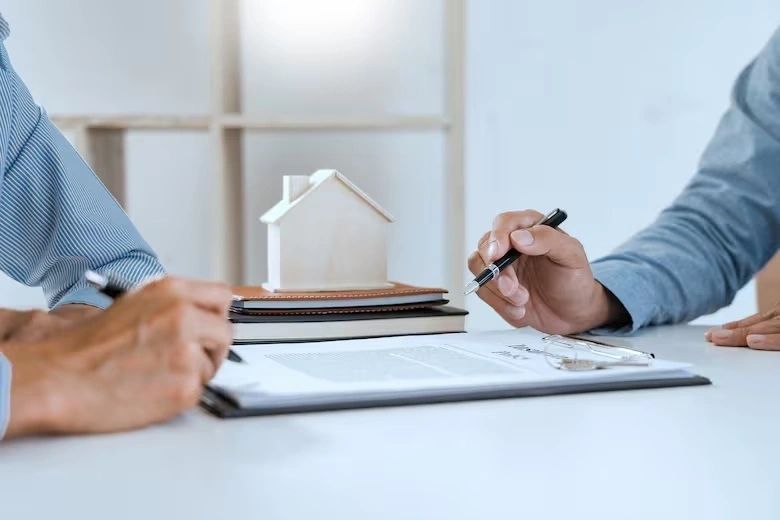
Increased demand for properties anticipates a change in cycle
“The worst is over. There will be inflation, but it will be slower. The expectation is good , that is why we sell in dollars, something we did not do before,” replied Mariano Galeazza, partner at Desarrollos Norte, to the first uncomfortable question: how can they assure investors that the construction cost, which in projects in the pit is adjusted by CAC, will not continue to skyrocket in pesos? The question referred to the complicated scenario experienced by those who bought a lot or an apartment in the pit financed with installments in pesos that are adjusted by the CAC index that grew 88% between November 2023 and May of this year, due to the impact of a macro with high inflation and a flat dollar until a few weeks ago.
Today, the picture is different. Developers are breathing a sigh of relief, but they agree that exchange rate volatility is not a good partner for real estate or any other sector of the economy, because it generates uncertainty. “The gap is a thermometer and if it goes up, it indicates fever,” Gonzalo de la Serna, CEO of Consultatio, Eduardo Costantini’s developer, used a metaphor to describe the situation. The company has Nordelta and Puertos, among other projects.
In this context, key questions arose that the leaders did not avoid during the 10 panels that formed part of the event, which closed with an unmissable face-to-face one-on-one between José Del Río, general secretary of the editorial staff of LA NACION, and Eduardo Costantini.
1) Will property prices continue to rise?
“Yes, soon there will be no properties under US$100,000, which are the ones that are under the greatest pressure of demand,” Molina, from Zonaprop, responded emphatically. In addition, today building a square meter costs more than a year ago, that is, the replacement value has gone up. This is another indicator that can anticipate an increase in sales prices. But the impact is even greater if one takes into account that demand has not yet perceived the real effect of mortgage loans, nor of the money laundering - which according to Minister Caputo will also allow the purchase of properties under construction.To answer this question, de la Serna emphasized that “financial variables predict the performance of properties . The Merval rose, in dollars, 40% last year, 20% this year. Bonds too. Everything indicates that sales values will continue to rise,” he added.
Sebastián Sosa, president of Re/Max, was cautious and warned that “in the first half of the year the numbers were very different from the previous ones, with a 7% increase in sales values, although there was still no effect from mortgage loans, which did not represent 0.20%,” he explained. At the same time, he stressed that the conversation has changed. Last year, it was suggested to sell because the property would be cheaper later. Now, people hear: “ Buy because tomorrow it will be more expensive . ”
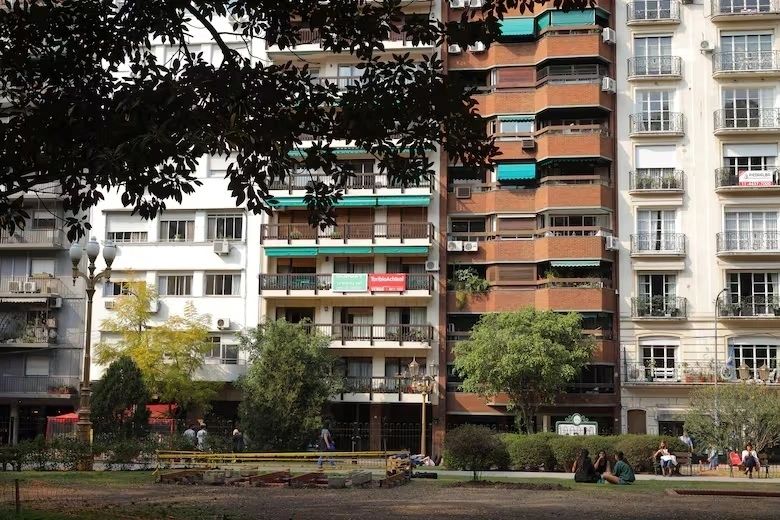
Soon there will be no properties under US$100,000 left," say the experts
Along the same lines, Hernán Villegas, CPO of Banco Supervielle , suggested that it will take a few months to see the impact of the loans. “They are new loans, people will be able to take out $100 million with a payment of $500,000, which is comparable to a monthly rent, and which is granted based on a salary of $2,000,000 that can be added between two people,” explained the executive of the entity with UVA lines with no limit on the amount, financed for up to 30 years. “We have more than 10,000 applications in process,” he quantified.
On the demand side, Federico González Rouco, the economist specialized in the sector, author of the book El sueño de la casa propia , acknowledged in his presentation that income, in dollars , is half of what it was in 2016-2018 when the UVAs exploded, and the country has 20 more points of poverty, which is a “limitation”. At the same time, he acknowledged that “real estate values are still low, so, whoever starts today will have a margin to win,” he said and emphasized “they are a tool for the real estate sector. We come from the worst historical moment in 80 years of mortgage credit.”
Santiago Mieres, director of the real estate company of the same name, acknowledged that a lot of stock went out of business at the end of last year, because people were waiting for the new government. “What was taken off the market has not returned yet and there is still caution about renting or selling ,” he described and assured that many owners have not yet raised prices so as not to be left out, but “little by little the values of a growing market are being validated. Our country needed this,” he said in the face of a negotiation gap between published and closed values that is becoming smaller and smaller. “ Before it was 15 or 10%, today it is 5% ,” explained Gabriela Goldszer, director of Ocampo Properties, and with a retrospective look she referred to the values of 2017, a key year for the activity with record prices. “We are far away, but they are slowly recovering,” she assured. In another market such as Pinamar, Enrique Shaw, CEO of Pinamar SA also acknowledged an increase in prices: “they have risen between 15 and 20% in the last year and the old chalet where people used to spend a month is less in demand, now buildings with amenities , services and security are in demand,” he emphasized.
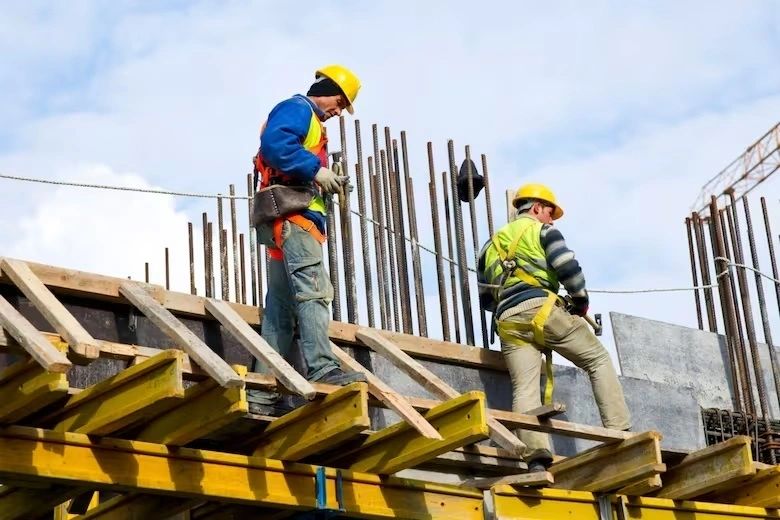
The rise in construction costs began to calm down
2) How will construction costs evolve?
“Yes, we have to look at the movie and not the photo,” the developers insisted. The cost of construction was, in dollars, 60% above the average value of the decade, but today it is at 20% and a year ago at this same event it was 10% below ,” said de la Serna. Spina added that what happened in the last eight months is that this cost had a strong component of materials, because companies had cushioned themselves. Today there is an overshooting and it is not so easy to transfer prices immediately,” he added. Marcos Juejati, founding partner of Nothbaires, emphasized patience and that brick is a countercyclical business that goes through all situations. “Not only is it a refuge of value, but, in special products, it is a multiplier.”Luis Ramos, president of LJ Ramos, explained that time is a variable with great impact on the business: “From the idea of the work to its completion, it goes through two government periods. And it can take a year for the project to be approved ,” the broker emphasized. “With these times, a project ends up costing 80% more.” Spina, who works with the cost-based trust model, explained that the key to his business and what allows him to have 330,000 meters in different stages of execution is having 100 percent of the work sold before starting it, to avoid delays over time. “The investor who enters knows that it will be finished within the proposed period. The time that a work is stretched is extra cost,” he explained.
3) Where are the opportunities?
The rise in the sale prices of the publication anticipates that the time for opportunities is getting shorter. In fact, those who took best advantage of the context of “low” prices were those who bought until the middle of last year when the prices hit rock bottom. However, there are still opportunities.Miguel Ludmer, president of the Interwin real estate agency, commented that in recent months, interest has shifted to the segment of finished and used apartments. “ With dollars in hand, you freeze prices and perhaps you end up paying the same for a finished apartment as for a well-finished one.” In this sense, Spina sells apartments at the value of the construction cost last year in Quartier del Bajo, the project he is building on Huergo Avenue. “It is an almost finished project with a level of services that we could not replicate today at the prices we sell,” he clarified. On the other hand, Sebastián Dominguez, partner at SDC Asesores Tributarios added that the possibility of laundering up to US$100,000 at no cost can be an opportunity to buy a studio, a two-room apartment in an affordable area, garages, or even the possibility for a person to sell their current apartment to buy a new one.”
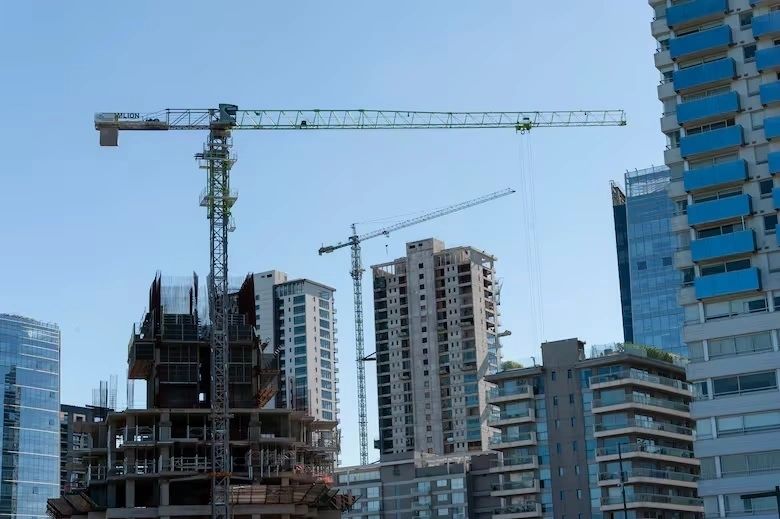
The rise in property sales (listing) values indicates that the window of opportunity is getting shorter
To close, developers took advantage of the Real Estate Summit to emphasize the need for intermediate credit to be available – that banks lend to developers and finally allow the apartments to be financed from scratch or recently finished . “It can prevent excessive increases in used housing and the so-called bubbles,” analyzed De la Serna. Spina put the case of Uruguay on the table. “In the Colonia project we sold 80% with credit to non-residents. Uruguay allows the trustor to finance for 20 years. If that were to happen here, three days of panels to talk about projects at this event would not be enough,” said Spina, who agreed with his colleagues that developers are also willing to leave their comfort zone.
For example, Juejati sells the apartments in his project in Palermo aimed at the young premium in up to 40 installments after possession. Galeazza, with a focus on the suburban market in the northern zone – and the support of Casa Living, the real estate project brand of LA NACION – offers 50 installments in dollars for the purchase of lots in his Verona Pilar project, de la Serna finances the land in Puertos in fixed dollars with a flexible method in which the buyer can adapt the installments to his income flow. In addition, he is negotiating with a bank to sell the last remaining units of his project on Huergo Avenue with financing. They are not standing still. Galeazza and Juejati are moving forward with the purchase of land to launch new ventures that they will also sell in installments. Meanwhile, Shaw, in Pinamar, has a project of 250 hectares and 1000 lots.
www.buysellba.com

